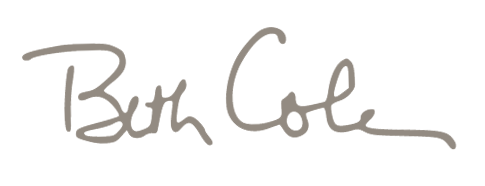Expressing Your Art Aesthetic
by Beth Cole
One of the things that was the most frustrating to me when I first started painting was knowing how I wanted something to look and being unable to make it so with my paintbrush. Ugh.
It makes sense though, really, if you think of it. You have had your whole life to develop an art aesthetic. Think of the thousands of millions of images, sight, sounds, designs, artworks, etc your brain has processed throughout your years of living. Through that process of seeing you have culled and developed your art sense, a sense of what you like and don’t like. Everyone does. Sometimes you can’t put into words why you like or dislike something, it is just that way. Unspoken.
So when you start painting, you bring to the studio this highly refined and developed aesthetic of what you like. And you know what. It doesn’t come out on the canvas right away, believe me.
Don’t give up. Nothing beats practice. And reading. And asking questions. Find mentors who paint to your aesthetic, then sit yourself down in front of them and soak it all in. There are so many great ways to learn and practice. We are so fortunate to live in the age of the interwebs where the world is at your fingertips. Seriously.
Here are some of the mentors and teachers I have loved the most.
If you are like me, it might take awhile to narrow down your choices, find a style and a voice that works for you. In fact, I am still in that process. Maybe I always will be.
But, anyway. Just wanted to say, don’t get discouraged if your painting doesn’t look like you imagined it would. It will come. Please keep going. The world needs art and you can do so much good to others with it. Hang in there.




















